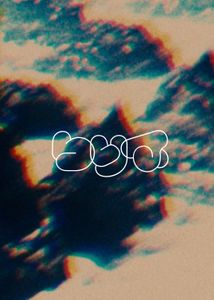
Behind Google’s Multi-Dimensional Sustainability Film Where Analogue Meets Digital

Partnering with Made By Google and Google Design, Daniel Navetta, director and founder of NYC-based production company Bryght Young Things, has created a showcase film for Google’s sustainability initiatives that lies at the intersection of past and future. Using a digital-analogue blend of techniques, the textured footage and effects offer a visual dichotomy of modern and retro visuals, celebrating both the natural environments on display and the traditional craftsmanship involved in capturing them.
The analogue formats like 35 and 8mm film are layered with 4k Alexa footage, as well as innovative analogue VFX title cards - an experimental technique developed by cinematographer Erren Franklin, and being deployed here on 35mm for the first time. The incandescent text pops out of the backdrops of woodland, shorelines and mountaintops, speaking to the harmony between nature and science being reinforced by Google’s sustainability efforts.
To discuss how these visual effects were created and the method behind drawing parallels to environmental issues with a multi-dimensional approach, LBB’s Ben Conway spoke with the director, Daniel Navetta.
LBB> How did this project come about? What was the creative brief like from the creatives and brand team?
Daniel> I like to think that the Google team found me because of the editorial platform I created called FUTUREVVORLD. It’s a destination with a slow news feed that focuses on brands that are making environmentally conscious products in footwear, fashion and design. FVV has a distinct design language and in our short time with an agency extension, FVV.Agency, has created multiple films for Nike, Champion and now Google. This, paired with my directing experience and oversight of BYT.NYC, made it a perfect fit.
The brief was clear: Help us speak about our sustainability mission, past and present, through the lens of our hardware, packaging, and product compositions.
LBB> How was the dynamic between you and the Made By Google and Google Design teams? How involved were they in designing the film’s visual language with you?
Daniel> The dynamic was really fluid. There was a lot of mutual respect. Their team is comprised of some incredibly talented designers and creatives. They were very involved, as they should be. They know the brand and the history better than I do. It was pure collaboration. They let me steer the live action and we all combined forces on the puzzle of seamlessly integrating all of the other components.
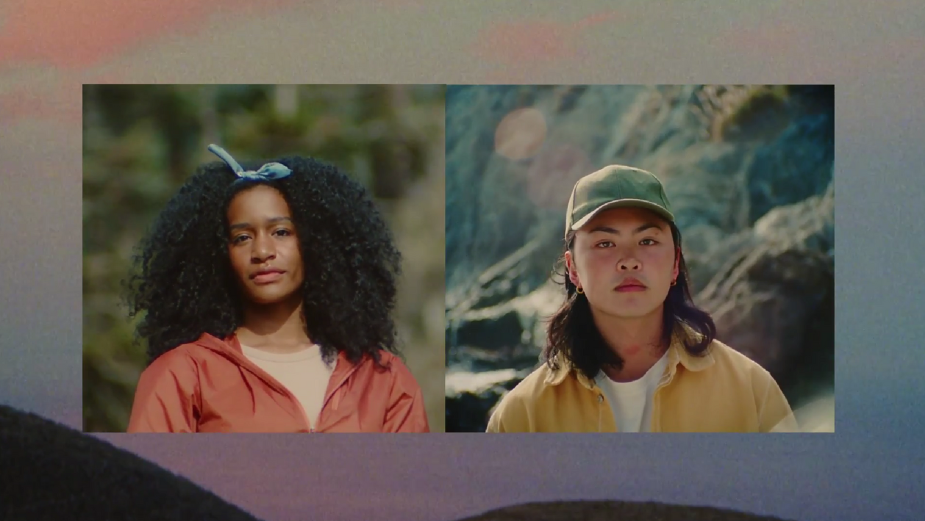
LBB> The film blends analogue elements (like the title cards and 35mm/8mm film) with digital elements (like the 4k footage) – why did you take this hybrid approach? What does it add to the film, texturally or otherwise?
Daniel> I took this approach because nature is best seen on film in my opinion. That said, I wanted to draw a parallel between the environmental issues we face – our approach can’t be one dimensional. So to add layers to the film, I wanted to have analogue and digital fx. And I wanted to shoot in analogue and digital formats.
I spend a lot of time thinking about how brands can contribute to solutions or subtract from our overall well-being. I wanted to make sure our film about this dense, complicated subject matter remained fresh and interesting throughout. I think the textured approach really helps the film keep ‘moving’ when it could get bogged down in the details of the subject matter and cause the viewer to gloss over its importance.
LBB> Can you tell us about the process of creating those analogue title cards on 35mm film? What were some of the key challenges and why was it worth the additional effort/craft?
Daniel> I can tell you about the process, but it’s not my process to share. Erren Franklin, a wonderful filmmaker who lives in the same region of California where I currently reside, showed me this process he’d pioneered and I was mystified. It took me weeks to grasp it, and it wasn’t until we shot a campaign for SATISFY Running that I finally understood.
Since I don’t want to steal his thunder, I can only say that it involves hand-cut lettering, mattes, and ultimately double exposing the film in a very calculated way. He’d never done it on 35mm and we’ll both be forever indebted to the creatives at Google for letting us experiment and use the technique here.
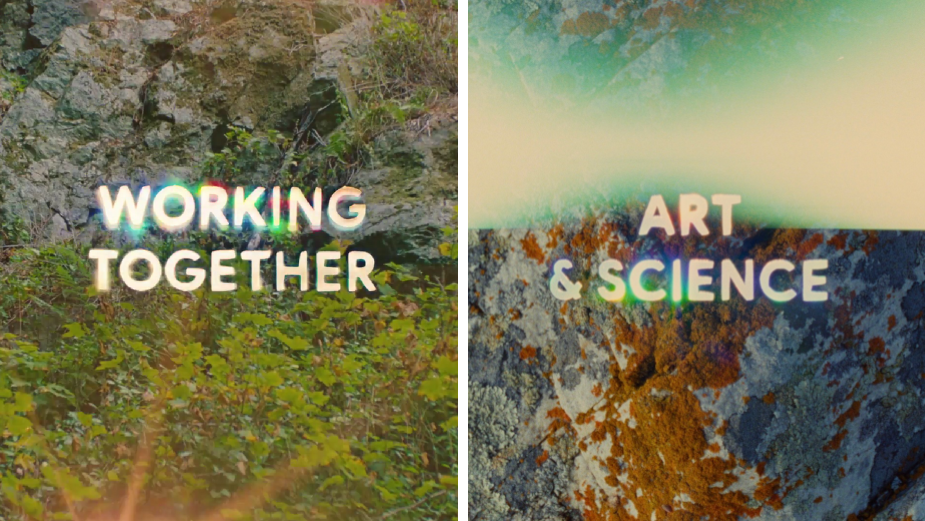
LBB> The film has quite a bit of written information and data on screen - how did this shape your treatment and approach to the spot?
Daniel> I always understood that we had a lot of info to communicate, but I was never worried. I am fascinated by great design, and I am fortunate that I have friendships with some of my favourite designers. When design is put in the right hands, it solves lots of challenges. The team at VIOLET OFFICE really elevated every moment they crafted and the onslaught of text is all creative and fresh every time it enters.
LBB> The film shows people enjoying nature – on the beach or in the woods – where did you shoot these sequences, and why? And how did you achieve the duplication effect?
Daniel> We shot everything on location in Big Sur, California. I really couldn’t think of a better place to shoot something like this and it was fully embraced when I presented it. We shot in those places because they evoke a strong connection to nature, which I was passionate about communicating. It didn’t feel right to shoot anything in a metropolitan setting. I wanted to remind people about what we’re trying to preserve, the beauty of the natural world.
In regards to the duplication effect – we shot plates and locked off takes of our talent walking through [the] frame. Our editor, Gabe Darling did the compositing himself.
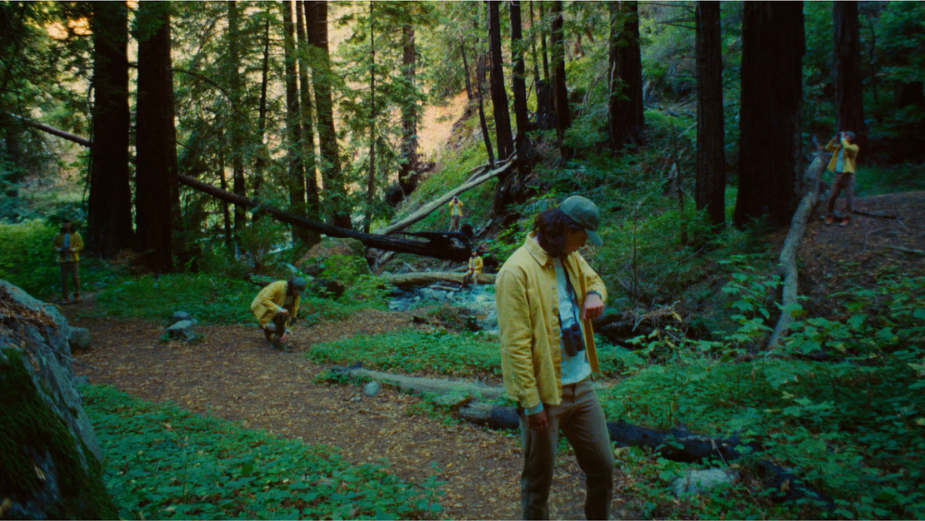
LBB> There’s lots of layering of footage and effects - what were some of your inspirations for that part of the process?
Daniel> Our editor was as instrumental (if not more) than anyone else who worked on this. Good work lives or dies with the editor, there’s really no way around that. I’ve been collaborating with Gabe Darling for a long time and he was my first choice. He works independently, has a wealth of experience, and a strong music background. We have so many commonalities and a true shorthand that he’s made so much of my work better. He sees things I wanted or envisioned without me needing to over explain.
I wouldn’t say I had external inspirations for this project. I pride myself on listening to what’s being asked of me and interpreting that into something I would be curious to watch. That’s how I’ve always worked. I’m somewhat ignorant to a lot of what’s happening in the advertising world. I recognise trends and I try my best to stay true to myself, avoiding temporary style shifts that feel disingenuous.
LBB> What was the most fulfilling moment for you during production? And what was the hardest challenge?
Daniel> I think the most fulfilling part is bringing people together. I often collaborate with people who exist on the fringes and I really like celebrating their talents. It’s enriching to show them that BYT has a genuine openness to unconventional approaches - we always have done. For example, Erren Franklin, who pioneered the analogue technique, is by no means a traditional, commercial cinematographer. But, he is one of the most creative cinematographers I’ve ever met. He’s just in it for the sake of art. I really enjoyed bringing his fresh perspective to our camera team. It trickled outwards. That type of stuff is the most fulfilling.
The hardest challenge was committing to the very meticulous approach of creating analogue titles and VFX on 35mm while not being in a controlled environment. We were on mountaintops, shorelines and everywhere in between, running around shooting film. It wasn’t easy on everyone, but we’re all proud of what we made, so it’s all good.
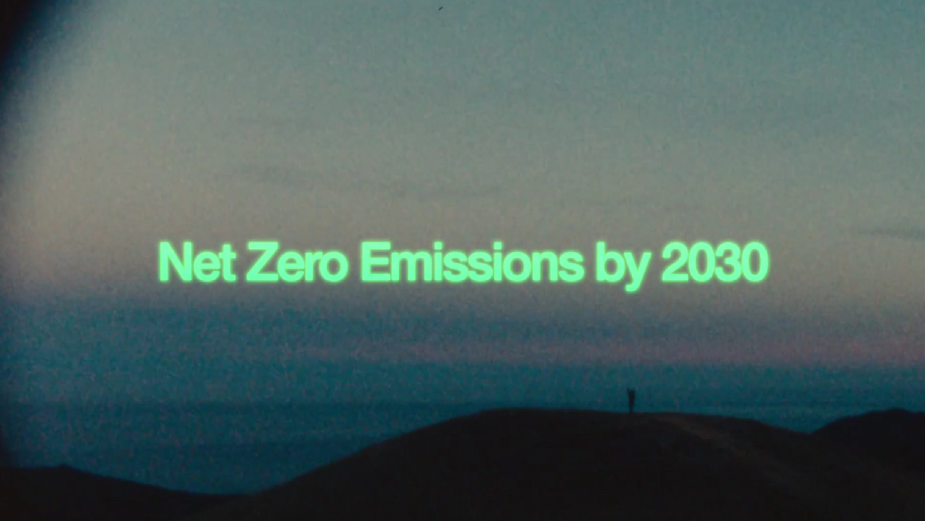
LBB> With production technology constantly evolving at a rapid pace, what merit do you think there is in embracing analogue tools and formats? Is this a balance you’re thinking about with every new project?
Daniel> I understand everyone wanting to lean into the ever-evolving available technology for ease and efficiency. My question is whether it yields the best, most interesting work. If it doesn’t, it’s not for me. I’m not looking for a crutch. I’m looking to be inspired. Shooting on film, mixing formats, experimenting with intentionality, those things inspire me. That’s the type of balance I look for on every new project. Since I know I’ll be giving so much of my creative essence to a job, sometimes over the course of many months, I have to be pushing toward a desirable outcome and work I’ll be proud of. If not, the project isn’t for me and I’m happy to step aside so someone else can do it.







